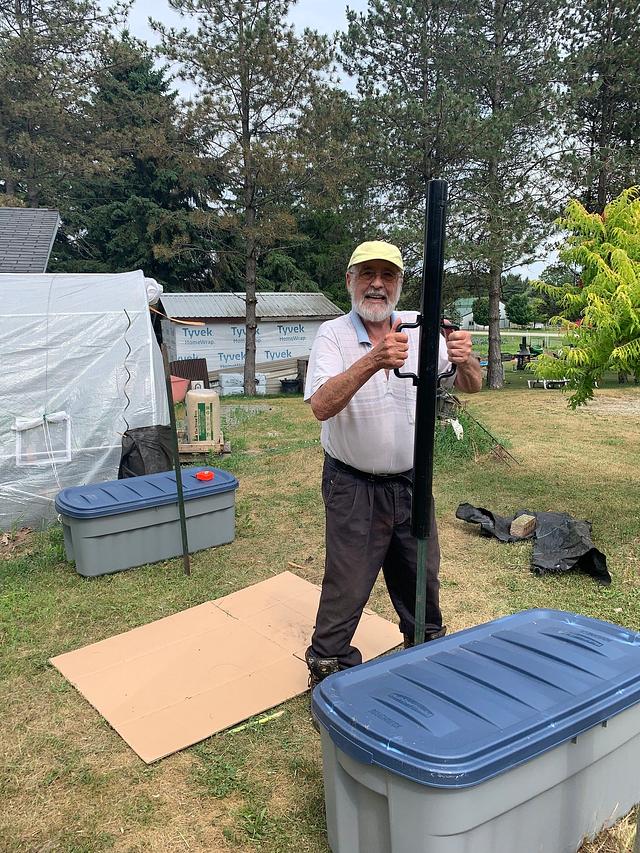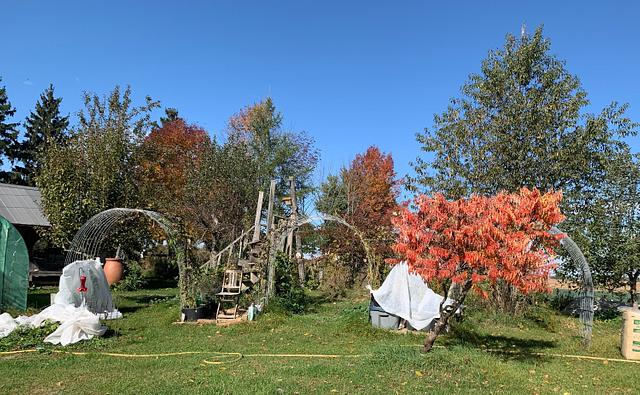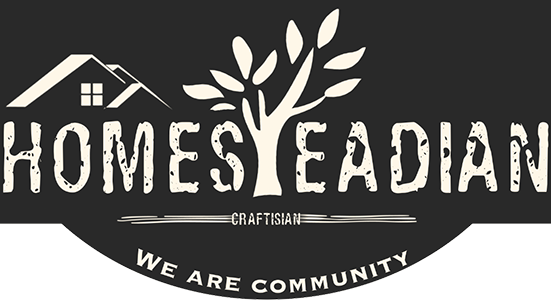Share your homesteading projects
Make new homesteading friends
Ask homesteading questions
Blog your homesteading journey

Debbie Pribele
440 posts
and
19 followers
in over 2 years
in over 2 years
The Trellises #1: The beginning of my garden trellises
This is
part 1
in a
4 part
series:
The Trellises


Protecting my garden and growing vertically with hoophouses and trellises.
As you may know, last year the critters ate all of my garden.
This year, I tried hoophouses to protect my plants and they worked great at keeping the critters out and my plants flourished.
Then, I saw videos where gardeners were using cattle panels for trellises… “hmmm, this might also work,” I thought.
My first searches for the wire panels resulted in pricing from $80-$250 each and that was not going to work for me.
Then, I lucked out and found some locally for $55 and I bought three.
That was in July (2022).
Now, July is a little late to plant a garden, here in Ontario… so I thought. But, then, I discovered that you could do “fall gardening”.
Growing up on a farm, we harvested our crops in July and August. I never knew that you could plant in July to harvest in the fall. This was all new to me and I had my new cattle panel trellises sitting there begging for some plants.
And, so the experiment began.
I had about 70 days until the predicted first frost. It was worth a try.
That is where the story began.
As you may know, last year the critters ate all of my garden.
This year, I tried hoophouses to protect my plants and they worked great at keeping the critters out and my plants flourished.
Then, I saw videos where gardeners were using cattle panels for trellises… “hmmm, this might also work,” I thought.
My first searches for the wire panels resulted in pricing from $80-$250 each and that was not going to work for me.
Then, I lucked out and found some locally for $55 and I bought three.
That was in July (2022).
Now, July is a little late to plant a garden, here in Ontario… so I thought. But, then, I discovered that you could do “fall gardening”.
Growing up on a farm, we harvested our crops in July and August. I never knew that you could plant in July to harvest in the fall. This was all new to me and I had my new cattle panel trellises sitting there begging for some plants.
And, so the experiment began.
I had about 70 days until the predicted first frost. It was worth a try.
That is where the story began.
How we installed the cattle panel trellises
- Mark where you want the edges of the trellis. We put the edges 5’ apart. This allowed for the lawnmower to go through the space and gave a reachable arch height.
- On each side, drive a t-rail into the ground. We put the flat side of the rails facing each other and made sure to have each tail driven in to the same height.
- We braced one edge of the cattle panel up to one of the t-rails to hold it in place.
- We pulled the opposite end of the cattle panel inwards, creating the arch, until it was sitting inside the the second t-rail.
- We adjusted the cattle panel to ensure the rails were in the centre n each side.
- We used heavy duty zip-ties to attach the panels to the t-rails
- And that it is … time to plant!
a simpler life
